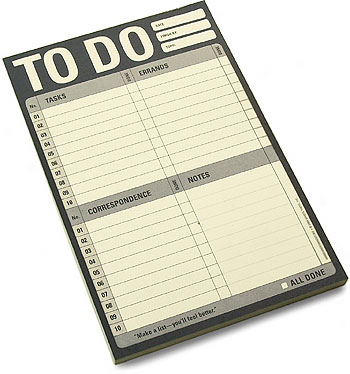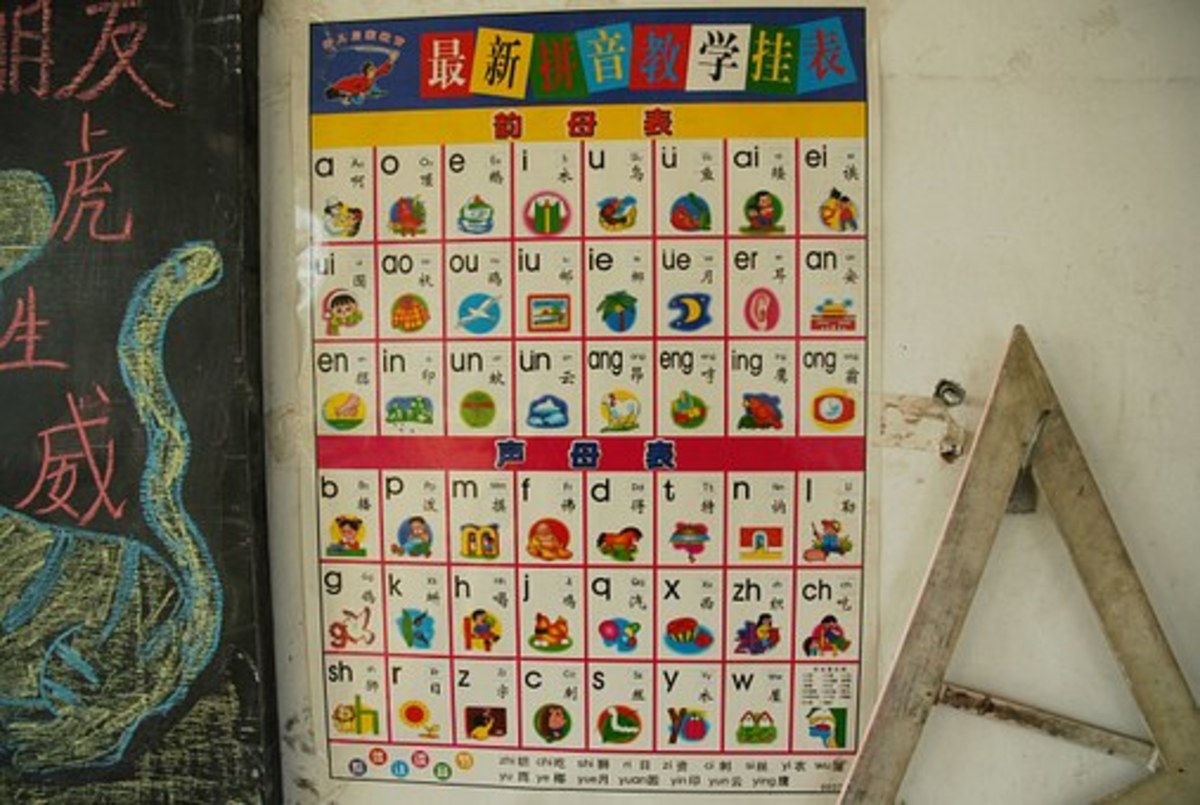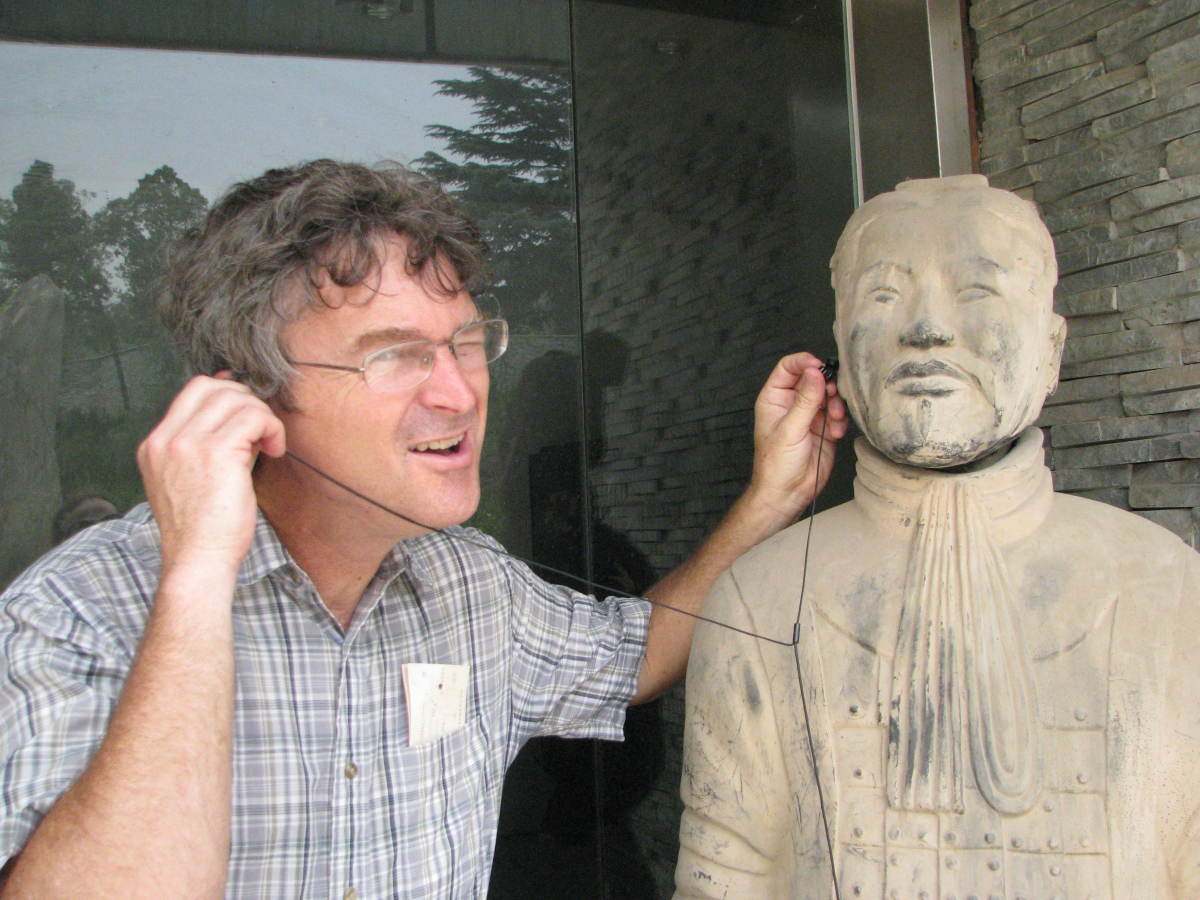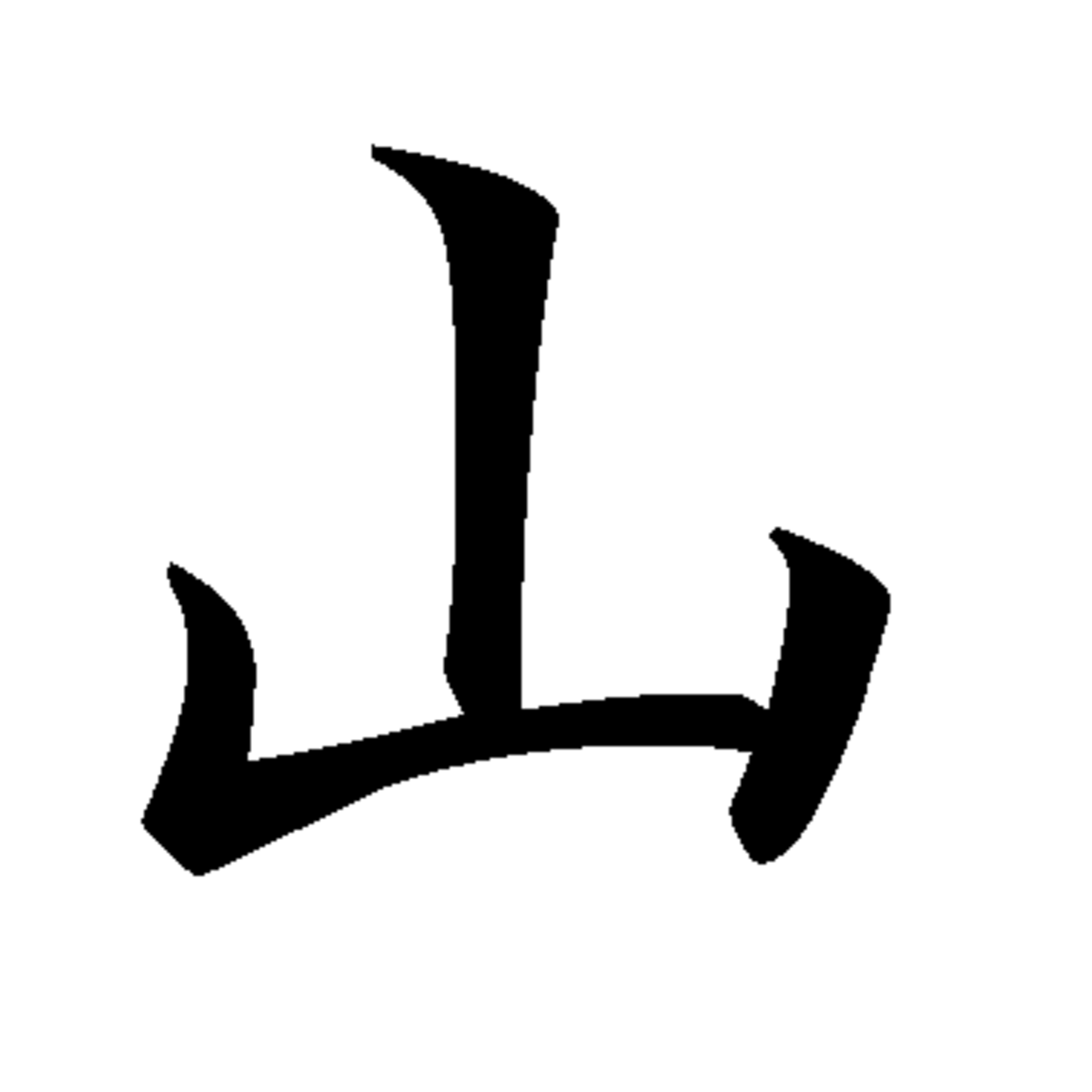Language Study Methods #2
The Language Problem
So you've found a language that you appreciate and are willing to learn, but you are having trouble finding ways to approach the language. "Should I buy tapes, get a tutor or register for an online program?"
In this hub, I hope to identify several new ways that you can use to practice whatever language you hope to achieve fluency.
The few ways that I practice my own language, Chinese, are through these methods:
- Journal
- To-do lists
- Conversation
Study Method #1

Journal
It has been said that the journal is the home of people's dreams, hopes, secrets and knowledge. Journals are really just the documentation of people's experiences. I believe that journals are an essential key to life, as they expose our mistakes, relive our memories, and can even act as portals of point of view to others.
Through my own study of Chinese, my personal foreign language, I have kept a constant journal of my dealings in life. But the difference is, that I do not document in English, but in Chinese instead.
By constantly exposing myself to a foreign language for 30 minutes to an hour everyday, I do several things:
- touch on topics of interest, exposing vocabulary about subjects I will constantly be involved in.
- begin the practice of thinking in my foreign language, anticipating how I will document my day.
- expose myself to the intricacies of the written form of the language.
Through my own experience, I have come to the conclusion that the ability to master languages is attained through the practice of:
- written language
- spoken language
- word recognition
Through achieving these three areas of language, I master the grammar, symbols/words and spoken formalities of the subject.

To-do Lists
The second method of study that I recommend to students of foreign languages is that of to-do lists. Unlike journals, writing to-do lists in a foreign language provides much more exposure to the language while also enlightening the student on words that are commonly dealt with. While journals deal with the interesting and complex, to-do lists deal with the day to day grind that remains constant.
Achieving this mastery over everyday vocabulary is imperative to the development of learners, especially those who plan to utilize languages for business.
While not the most exciting, utilizing the common to-do list allows practitioners:
- greater exposure to the language than the journal method
- everyday vocabulary

Casual Conversation
The final method that I have found very beneficial to my Chinese studies is talking casually with a fluent friend. One experience that I had with this method was during daily meetings that I had with a group of friends for a project. Knowing that my friend was fluent in Chinese, I made sure that she and I got to work together. From there, everything that I said to her was in Chinese.
Benefits that I have found through this method are that the people with whom you practice with, and who are fluent, will constantly correct you on your grammar. Every-so-often I would hear from my friend, "No, that's not right." or "No, say it like this...". Because of this friendly environment, I was able to experiment with the language while also developing my confidence in speaking.
In order to maximize improvement through this method, I advise that languages learners work with fluent speakers:
- in a quiet or secluded environment where there is little/no interruptions
- have a solid base of at least 200-300 words in whichever language being learned fluent speakers, in my experience, feel that teaching others is a hassle.)
- have at least 30 minutes to an hour of exposure to correction and speaking
For more language study tips, go here!
- Language Study Tips (Chinese)
Numbering nearly 873 million native speakers, 178 million secondary speakers and ranking as the most widely spoken language throughout the world, despite these staggering numbers, this doesn't make studying...
Comment, Rate, Follow!
Feel free to leave a comment, rate my article or follow me to let me know how I'm doing! Thanks!








